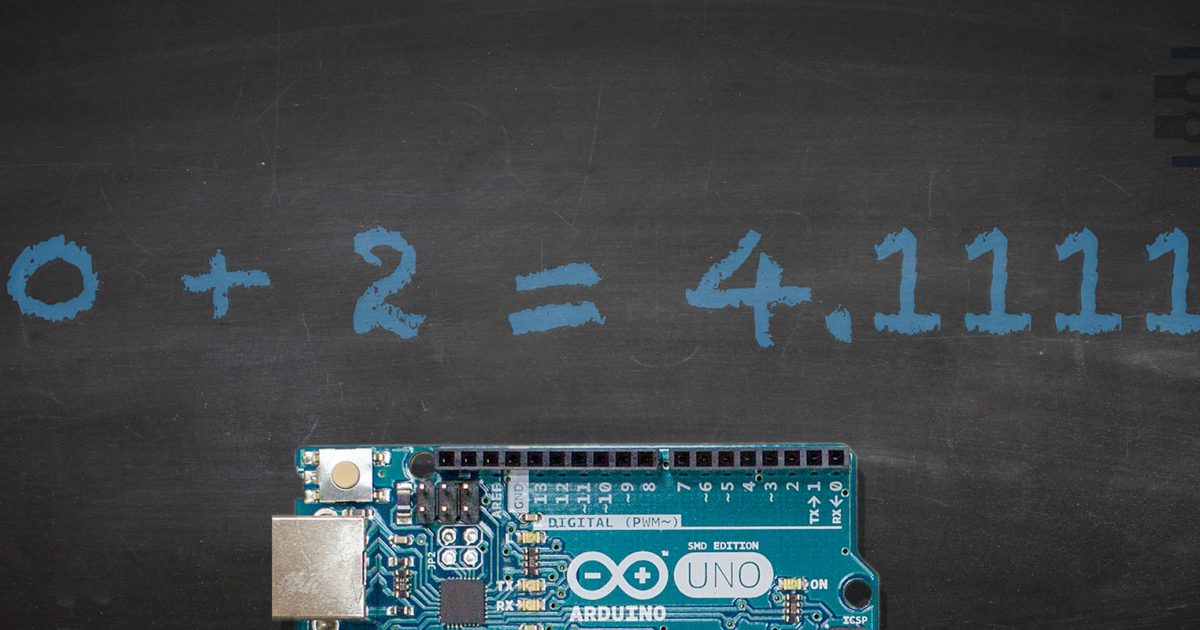

The return value of millis () function rolls over back to zero after roughly 50 days. 4E9 70 minutes approx 500.000 years for micros. Even signed long may encounter errors as its maximum value is half that of its unsigned counterpart. Serial.println(previousTemp + " " + currentTemp) Īlso, you don't need to check the interval with millis() when calling the function because you are already calling it every "interval" milliseconds. To make a library to measure millis () or micros () without roll-over is trivial at first sight, make the internal counters unsigned long long (64 bit) and the time until roll over is way in the future. This is where the overflow problem occurs. The processes will be queued using millis() function. So unless there is some problem, the app can run for up to a few years. It will be powered by a battery that will be recharged from the grid/solar panel. I have written a millisRollover() function that detects these rollovers, so that programs can respond properly to the overflow event. Hi, I have started working on an app that will work long term. Unfortunately, this count resets to zero after approximately 9 hours and 32 minutes. Get current temperature and calculate temperature differenceįloat currentTemp = dht.readTemperature() įloat tempDiff = currentTemp-previousTemp On the Arduino microcontroller, the millis() function counts the number of milliseconds since the program started running. Once setup () is finished, Arduino calls the loop () method over and over again. It starts at 0 each time the board is reset and is incremented each millisecond by a CPU hardware counter. This is the BlinkWithoutDelay sketch from the Arduino examples that shows what I want to do: const int ledPin LEDBUILTIN // the number of the LED pin // Variables will. millis () is a built-in method that returns the number of milliseconds since the board was powered up. Call this every "interval" milliseconds Arduino has the millis () function, but after looking though all the example programs and scouring the internet I couldn't find anything like that for the Pico using C++. Create a global variable to keep track of the previous temperatureįloat previousTemp = dht.readTemperature() Then, change the value of the last temperature to the actual one for the next call. What you want to do is keep track of the previous temperature in a global variable and then, each time you call tempChange(), read the value of the sensor and get the difference. tempA is equal to tempB because it's the same reading! Single overflow of Timer0 will give this delay: T timer 1/19531. When the timer overflow interrupt enable. First you read it and assign it to tempA and then you do the same to tempB. Here is a Timer that shows the current date and time, and updates the text. When a timer overflow interrupt occurs, the timer overflow bit TOVx will be set in the interrupt flag register TIFRx. The problem is that you are reading the same value twice.


 0 kommentar(er)
0 kommentar(er)
